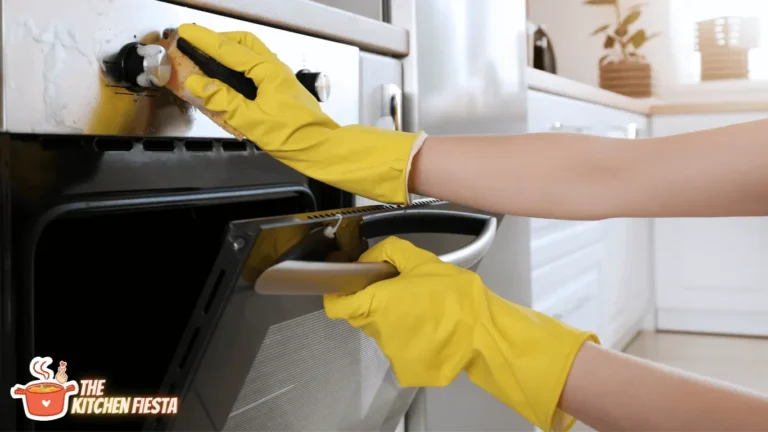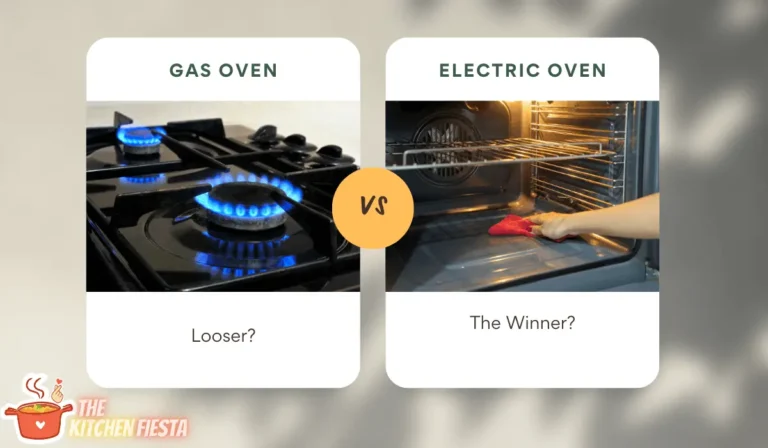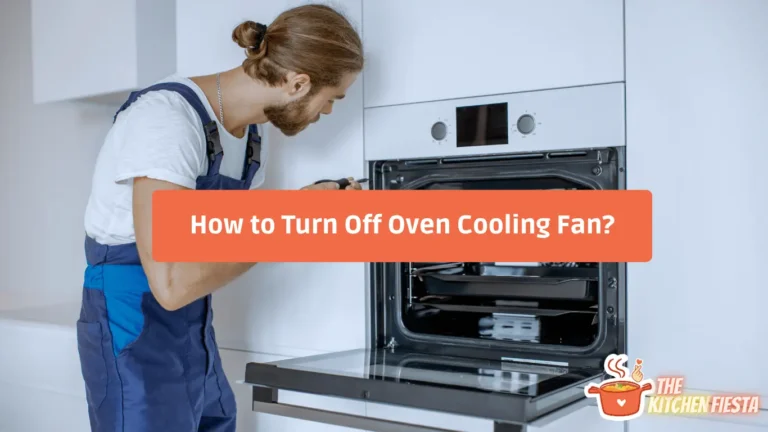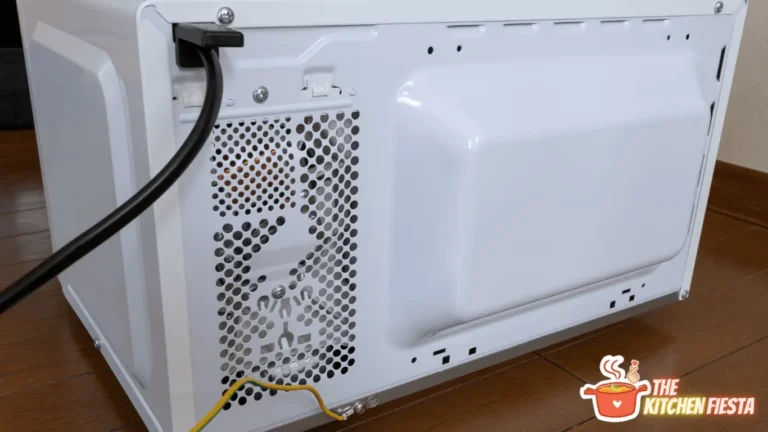How to Safely Dispose of Your Old Microwave Oven?
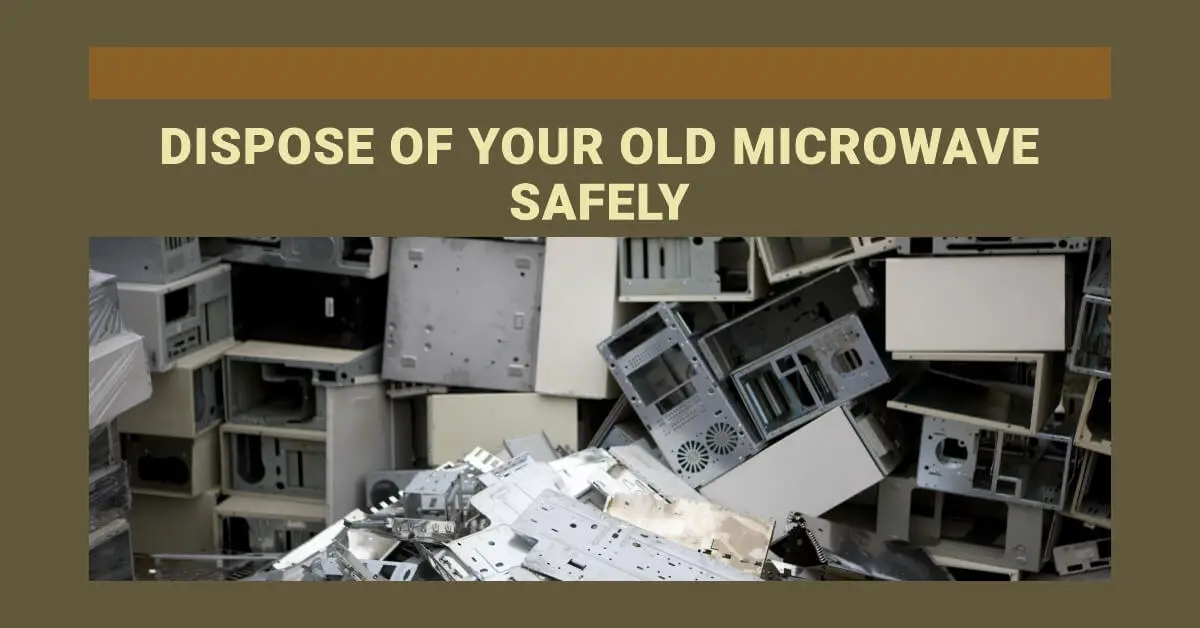
Have an old microwave and wondering how to get rid of it properly? The best way to dispose of a microwave depends on its condition and where you live. With more than 90% of US households owning a microwave oven, it’s a common question many consumers face when doing kitchen upgrades or replacing an appliance that stopped working.
In this comprehensive guide, we’ll explore 10 ways to safely and sustainably dispose of your old microwave oven. By understanding the available options—including recycling, take-back programs, donating, selling, and proper landfill disposal—you can ensure your old microwave doesn’t end up harming the environment.
Should You Throw Your Microwave in the Trash?
The easiest option may seem like tossing your old microwave in the garbage. However, this should really be a last resort. Why? Microwave ovens contain materials like glass, plastic, and heavy metals that aren’t suitable for landfills. Dumping them can lead to hazardous waste contaminating soil and groundwater.
Additionally, trashing usable electronics is a waste of valuable resources and raw materials. Following the 3 R’s—reduce, reuse, recycle—is the more eco-friendly approach.
So unless your microwave is broken beyond repair with no reusable parts, first explore recycling and repurposing options covered in this guide. We’ll walk through how to dispose of your microwave properly so it stays out of the landfill.
Recycle Your Microwave at an E-Waste Facility
One of the best ways to keep your old microwave out of a landfill is taking it to an electronics recycling or e-waste facility in your area. Also called e-waste recyclers or e-waste collection sites, these locations accept electronics like microwaves, computers, TVs, and other appliances that shouldn’t go in the trash.
When you recycle your microwave oven, experts will safely dismantle it, sorting any hazardous components like mercury or lead for specialized disposal. Usable materials like steel, copper and aluminum will be separated and repurposed.
Many municipalities have e-waste recycling programs allowing residents to drop off electronics for free or a small fee. You can search online for “e-waste recycling near me” to find options close by. Big-box stores like Best Buy also collect certain electronics for recycling.
If you’re set on getting rid of your old microwave, check with your local e-waste facility first before considering the trash. This ensures it gets disposed of properly without harming the environment.
Trade In Your Old Microwave When Buying a New One
If you’re upgrading your kitchen with a shiny new microwave oven, consider trading in the old one. Many appliance and electronics retailers offer take-back rebate programs when you purchase a new model.
For example, Lowe’s and Best Buy allow you to recycle your old microwave by dropping it off when buying a replacement. They’ll ensure it gets recycled properly through their trade-in partners.
The perks? Firstly, it’s a convenient way to dispose of your microwave—just bring it with you on the new appliance shopping trip. Secondly, you’ll often get a discount of $10-20 on your new microwave purchase for recycling the old one. That cash back helps offset the cost of your upgrade.
Check for microwave take-back rebates at large and small appliance retailers when shopping for your next oven. It’s a rewarding way to keep old kitchen appliances out of the dump.
Donate Your Used Microwave If It Still Works
For microwaves that are still in decent working order, donation is a great way to give them renewed life. Many charities and secondhand stores accept used appliances like microwaves for resale or to distribute to families in need.
Check if organizations like the Salvation Army, Goodwill, or Habitat for Humanity accept microwave donations in your area. Local churches or women’s shelters may also take gently used appliances.
When donating your old microwave:
- Make sure it powers on and heats properly. Test it before donating.
- Wipe out any food debris from inside and clean thoroughly.
- Remove any custom buttons or labeling using tape/adhesive remover.
- Include any accessories like turntables, racks or manuals.
- Drop off or schedule a pick-up for large donations.
Giving your used microwave oven to charity keeps it circulating in the local community rather than tossing it out. Plus, you may get a tax receipt for the donation value.
Sell Your Old Microwave for Parts
Even broken microwaves still contain reusable parts like the door, case, control board, wiring, and magnetron. Savvy DIY-ers may want to buy these microwave components to repair or repurpose.
Consider selling your old kitchen appliance on sites like Craigslist and Facebook Marketplace. Clearly state what condition it’s in and note any useful parts. Price it low enough to attract buyers who want it for parts or repair practice.
Alternatively, list your used microwave on platforms like eBay under parts/repair categories. Make sure to photograph any salvageable components buyers could strip.
Selling an old or broken microwave provides a chance for its parts to be repurposed. And any metal like copper or aluminum can still be recycled after disassembly. This keeps the appliance circulating rather than tossed out.
Take Your Microwave to a Local Appliance Repair Shop
If your microwave just died but seems fixable, a visit to an appliance repair shop may be worthwhile. Experienced technicians can diagnose issues like faulty fuses or wiring and suggest cost-effective repairs.
A quick fuse or magnetron replacement can give an old microwave more years of life. Or the shop may determine it’s beyond repair and can properly recycle it for you.
Search for “appliance repair near me” to find a reputable shop to evaluate your faulty microwave oven. Getting an estimate for fixes is often free. Consider repairing vs trashing if:
- It’s a high-end or commercial model worth investing in.
- The issues are minor like a blown fuse or door latch.
- Costs are less than buying a new microwave.
Breathing life back into an old or broken microwave through repair is more sustainable than disposal. Ask your local shop first before recycling an unusable unit.
Schedule a Special Pickup for Microwave Removal
If you can’t transport a bulky old microwave yourself, consider hiring junk removal pros to take it away. Services like 1-800-GOT-JUNK? offer appliance removal and recycling pickups starting around $100-150.
Professional removal teams will:
- Safely disconnect and load your microwave oven.
- Transport it directly to approved recycling facilities.
- Provide documentation that it was recycled properly.
Scheduling a pickup takes the hassle out of responsible microwave disposal. And ditching curbside dumping avoids fines while preventing environmental harm.
Research “microwave removal near me” for reputable companies offering eco-friendly haul-away services in your city. While pricier than DIY disposal, it guarantees your old appliance gets recycled.
Find Out If the Manufacturer Will Take It Back
Sometimes appliance manufacturers will take back their old products for recycling. This divert e-waste from landfills while salvaging materials for reuse.
Check the policies of leading microwave brands like GE, Kenmore, Whirlpool, LG, Samsung and more. Some may offer prepaid shipping labels or guidance on finding local recyclers.
You can also call a company’s customer service line and ask: “Do you have a microwave recycling program to take back old units?”
While not every manufacturer recycles end-of-life products, those committed to sustainability try to collect their own goods. It’s worth asking about their microwave disposal policies.
Disassemble the Microwave and Recycle Components
If all else fails, a DIY disassembly lets you separate recyclable materials from your defunct microwave. Use caution when taking apart electronic products.
Key steps include:
- Unplugging and ensuring capacitors are discharged.
- Removing reusable parts like the door and turntable.
- Separating metals like steel and wiring. Many scrap yards accept these.
- Recycling the circuit boards at an e-waste center.
- Disposing of glass tray and inner lining appropriately.
Completely breaking down a microwave oven takes effort but maximizes recycling. Properly disposing of each material beats sending the whole appliance to a landfill.
Exercise safety at all times when dismantling electronics yourself. Or better yet, engage an e-waste facility to do this for you.
Use Caution When Disposing of a Broken Microwave
If your microwave stopped working due to physical damage, be very careful in disposal. Dropping or puncturing the casing can cause dangerous leaks if the capacitor or insulation is compromised.
A damaged microwave oven still carries an electric charge and residual heat, even when unplugged. Avoid the following risks:
- Microwave radiation exposure from damaged components
- Inhaling fumes from leaking capacitors and chemicals
- Electrical shock from exposed wiring
- Cuts from damaged metal and plastics
Your safest bet is having a professional recycler or repair shop handle disposal rather than trying this yourself. Proper protective gear and training is needed to contain leaks and discharge units safely.
Don’t run the risk of harmful exposure by dumping a clearly broken microwave—especially one with visible leaks or holes. Call an e-waste facility to arrange safe pick-up and disposal.
Conclusion
Getting rid of an old microwave doesn’t have to mean tossing it out with the trash. Responsible options exist like donating, selling, repairing, and recycling your used appliance. By finding new homes or proper disposal methods for your microwave oven, you help conserve resources and avoid environmental damage from electronics in landfills.
Hopefully this guide gave you some helpful options to consider the next time you’re replacing an old kitchen appliance. With a bit of extra effort, your microwave disposal can benefit your community and the planet.

